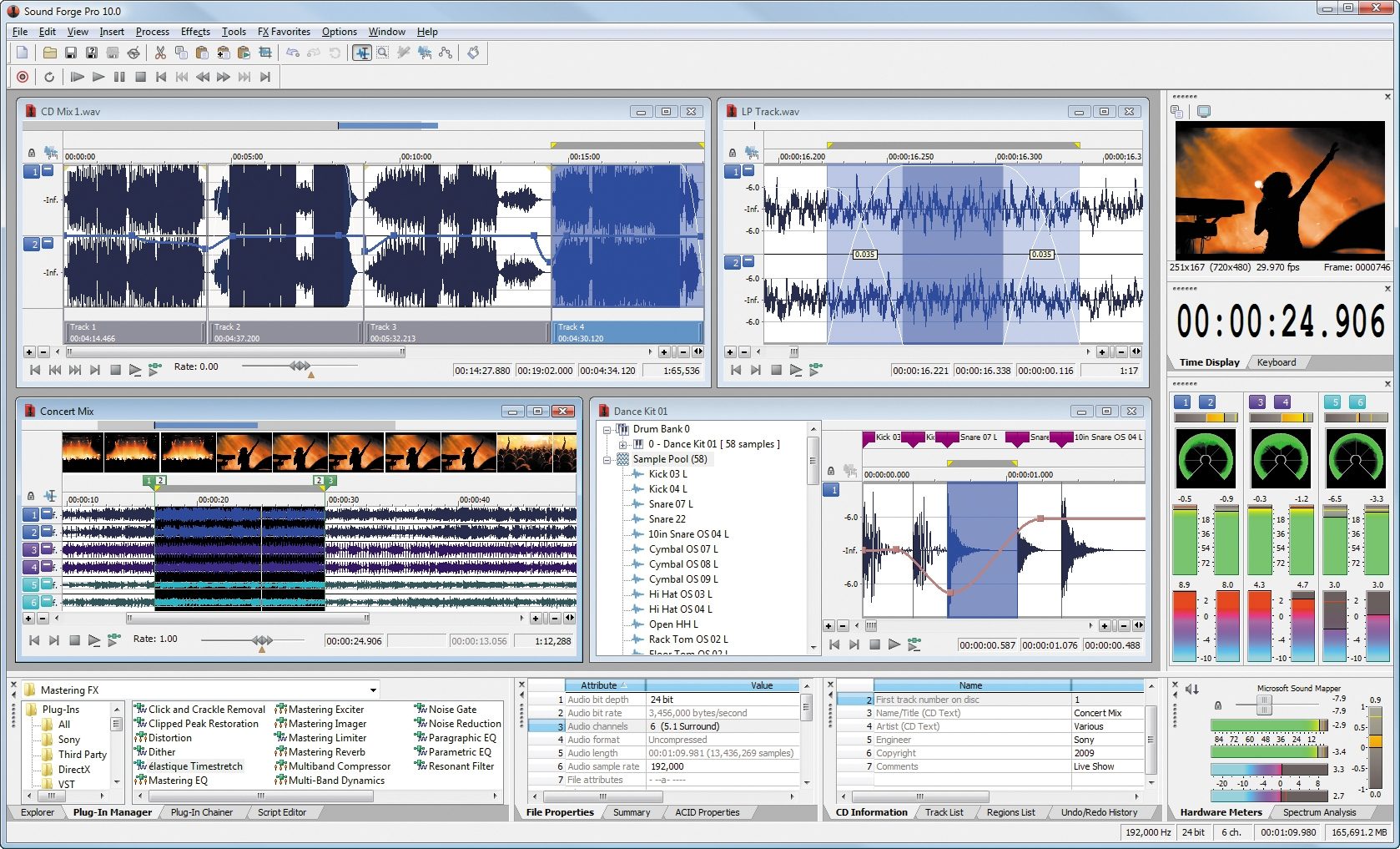
Many amplifier designers have incorporated circuits to prevent clipping. A limiter can be used to dynamically bring the levels of the loud parts of a signal down (for example, bass and snare drums). Some audiophiles will use amplifiers that are rated for power outputs over twice the speaker's ratings. Alternatively the system can be improved to support higher signal level without clipping.

The simplest way to avoid clipping is to reduce the signal level. Clipping is preferable to the alternative in digital systems-wrapping-which occurs if the digital processor is allowed to overflow, ignoring the most significant bits of the magnitude, and sometimes even the sign of the sample value, resulting in gross distortion of the signal. If, during processing, the amplitude of the signal is doubled, sample values of, for instance, 32000 should become 64000, but instead cause an integer overflow and saturate to the maximum, 32767. For example, in a system using 16-bit signed integers, 32767 is the largest positive value that can be represented. In digital signal processing, clipping occurs when the signal is restricted by the range of a chosen representation. The excessive peaks may become clipped even though the system can play any simple sine wave signals of the same level without clipping.Įlectric guitarists frequently and intentionally overdrive their guitar amplifiers to cause clipping and other distortion in order to get a desired sound. an all-pass filter) can change the phase relationship between spectral components of a signal in such a way as to create excessive peak outputs. Ĭlipping can occur within a system as processing (e.g. The additional high frequency energy in the harmonics generated by an amplifier operating in clipping can damage the tweeter in a connected loudspeaker via overheating. It may cause damage to the amplifier's power supply or simply blow a fuse. This extra power can damage the loudspeaker.

In a transistorized amplifier with hard clipping, the gain of the transistor will be reducing (leading to nonlinear distortion) as the output current increases and the voltage across the transistor reduces close to the saturation voltage (for bipolar transistors), and so "full power" for the purposes of measuring distortion in amplifiers is usually taken as a few percent below clipping.īecause the clipped waveform has more area underneath it than the smaller unclipped waveform, the amplifier produces more power than its rated ( sine wave) output when it is clipping. Spectrograph showing the odd-order harmonics of a sine wave pushed into hard clipping soft clipping, and mostly even harmonics), resulting in harmonic distortion that is generally less objectionable.

Some audiophiles believe that the clipping behavior of vacuum tubes with little or no negative feedback is superior to that of transistors, in that vacuum tubes clip more gradually than transistors (i.e. Many electric guitar players intentionally overdrive their amplifiers (or insert a "fuzz box") to cause clipping in order to get a desired sound (see guitar distortion).

Some amplifiers are able to deliver peak power without clipping for short durations before energy stored in the power supply is depleted or the amplifier begins to overheat. Clipping may occur due to limitations in the power supply or the output stage. The extra signal which is beyond the capability of the amplifier is simply cut off, resulting in a sine wave becoming a distorted square-wave-type waveform.Īmplifiers have voltage, current and thermal limits. As the signal simply "cuts" or "clips" at the maximum capacity of the amplifier, the signal is said to be "clipping". When an amplifier is pushed to create a signal with more power than its power supply can produce, it will amplify the signal only up to its maximum capacity, at which point the signal can be amplified no further.


 0 kommentar(er)
0 kommentar(er)
